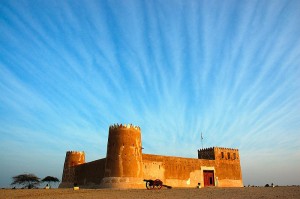On June 22nd, 2013, six more sites were added to the UNESCO’s heritage list. These sites are located in different corners of the world and include two world first heritage sites for Qatar and Fiji. The sites as announced on the UNESCO.org are:
Fujisan, Sacred Place and Source of Artistic Inspiration (Japan): Fujisan was the center of training for ascetic Buddhism, which included Shinto elements. Its representation in Japanese art goes back to the 11th century. University of Coimbra—Alta and Sofia (Portugal): Situated on a hill overlooking the city, the University of Coimbra with its colleges grew and evolved over more than seven centuries within the old town. Historic Center of Agadez (Niger): Agadez is known as the gateway to the desert and is located on the southern edge of the Sahara desert, developed in the 15th and 16th centuries when the Sultanate of Aïr was established and Touareg tribes were sedentarized in the city. The historic center of the city was an important crossroads of the caravan trade. Al Zubarah Archaeological Site (Qatar): The walled coastal town of Al Zubarah in the Gulf flourished as a pearling and trading center in the late 18th century and early 19th centuries, before it was destroyed in 1811 and abandoned in the early 1900s. Excavation has only taken place over a small part of the site. Levuka Historical Port Town (Fiji): The town and its low line of buildings set among coconut and mango trees along the beach front was the first colonial capital of Fiji, ceded to the British in 1874. It developed from the early 19th century as a center of commercial activity by Americans and Europeans. Red Bay Basque Whaling Station (Canada): Red Bay, established by Basque mariners in the 16th century at the north-eastern tip of Canada on the shore of the Strait of Belle Isle is an archaeological site that provides the earliest, most complete and best preserved testimony of the European whaling tradition.
















